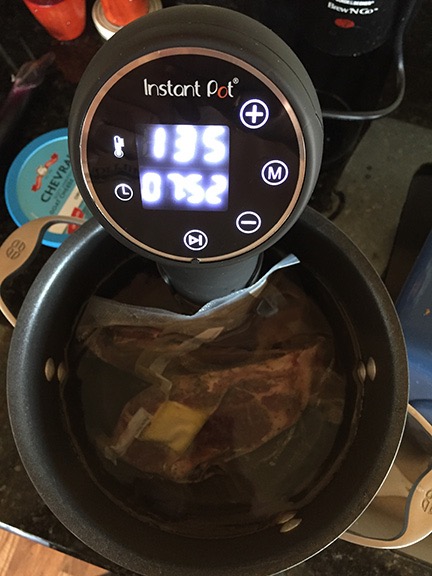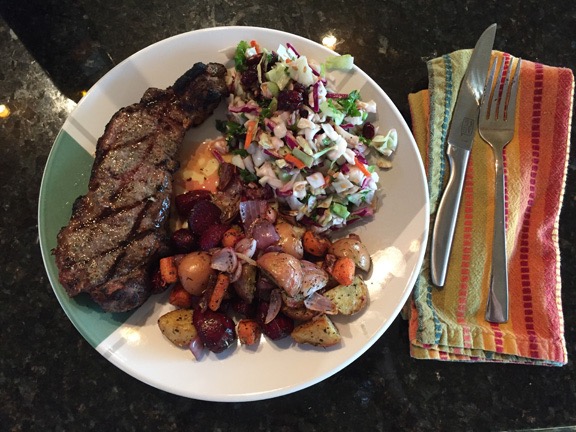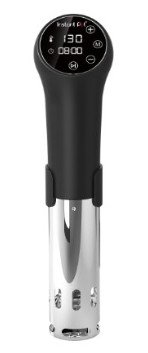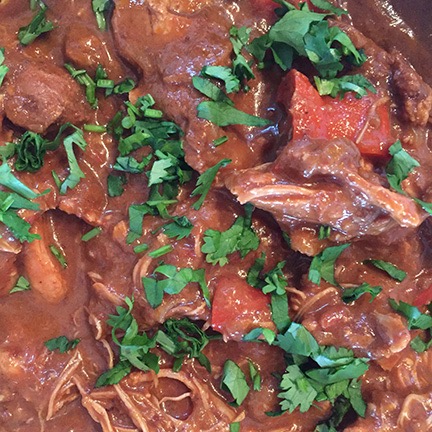One of my favorites, made quickly with a twist.
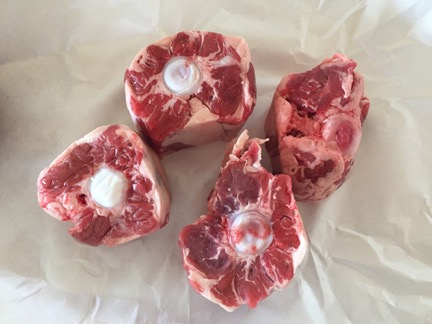
Oxtails, fresh from the butcher.
One of my favorite “comfort foods” is beef barley soup. I blogged my recipe last December; here’s the pressure cooker version that’ll get yummy barley goodness to your mouth quicker. But rather than use plain old stew meat, this time I used fresh oxtails that I picked up from a local butcher this past week. I whipped it up in my Instant Pot in about an hour.
Ingredients:
- 1 tablespoon olive oil. The original recipe called for cooking spray. But why not use a little olive oil instead?
- 2 pounds oxtails, trimmed (or 1 to 1-1/2 pounds stew meat, trimmed and cut into 1/2- to 1-inch pieces). You can make it with less meat, but if you have more, use it. It’ll make a heartier soup.
- 3-4 large carrots, sliced. Carrots are a must-have in any meat-based soup.
- 2-3 stalks of celery, sliced. I don’t care for celery, but it is part of the aromatic trilogy.
- 1 large onion, chopped. The third member of the aromatic trilogy, I put onions in most soups and stews. I still have onions from my garden.
- 1 large parsnip, sliced. If you can’t find parsnips, add another carrot or two, which is what I did today.
- 1 medium turnip, cut into 1/2-inch cubes. I skipped this today.
- 4 cups fat-free, low-sodium beef broth. Today I cheated and used water with bullion, which is the only thing I had.
- 1 bay leaf.
- 2/3 cup uncooked pearl barley.
- 1/2 teaspoon salt. You can probably omit the salt if you don’t use low-sodium beef broth. I did, but then again, I’m trying to keep my salt intake down. Remember you can always add salt; you can’t remove it.
- 1/2 teaspoon black pepper. Pepper is always good with beef.
Instructions:
These instructions are for an Instant Pot, but I tried to include generic pressure cooker instructions, too.
Heat the pressure cooker for browning. On an Instant Pot, press Sauté.
- Heat oil in a heavy-bottomed pot over medium-high heat.
- Add oxtail or stew meat to pot and cook until browned on all sides.
- Remove meat from pot with a slotted spoon and set aside.
- Add vegetables to the pot; cook 6-8 minutes or until liquid almost evaporates.
- Return beef to pot with beef broth and bay leaf.
- Bring to a simmer and turn off the pressure cooker.
- Stir in remaining ingredients
- Cover and lock down the cover. Set the pressure cooker to high for 20 minutes. (On an Instant Pot, press Manual and set to 20.
- When pressure cycle is over turn pressure cooker off and allow pressure to release naturally. This should take about 15 to 20 minutes.
- Remove cover carefully, fish out bay leaf, and serve.
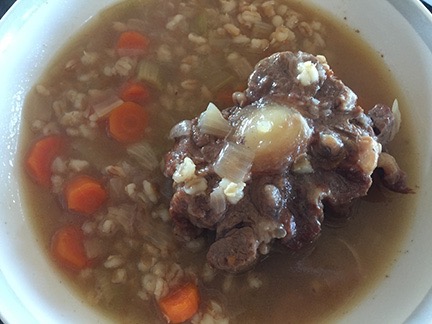
Oxtail barley soup. It was delicious!
Keep in mind that the longer you cook the pearl barley or let it sit in the hot soup, the more liquid it will absorb. The net result could be more of a stew than a soup. If you want a soupier soup, either reduce the amount of barley or increase the amount of broth.
This yields about six to eight servings, depending on serving size. I think it would be excellent with some crusty bread on a cold winter day.

